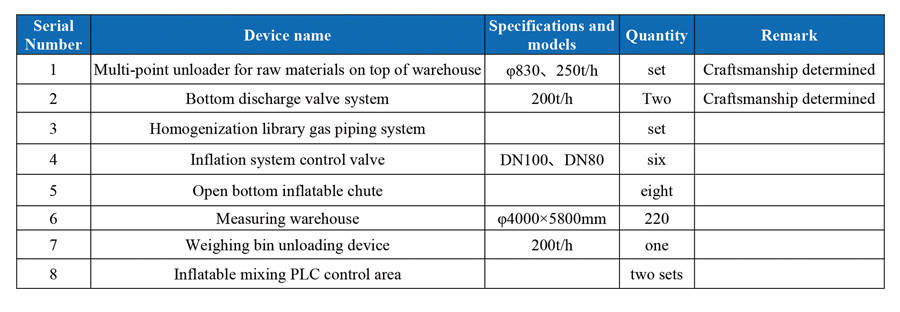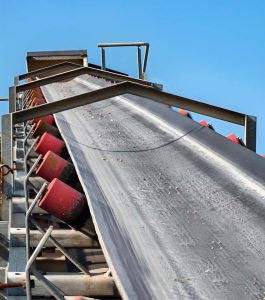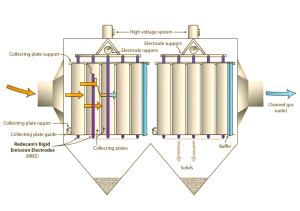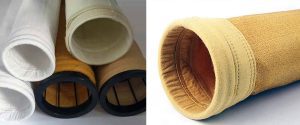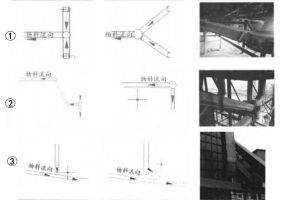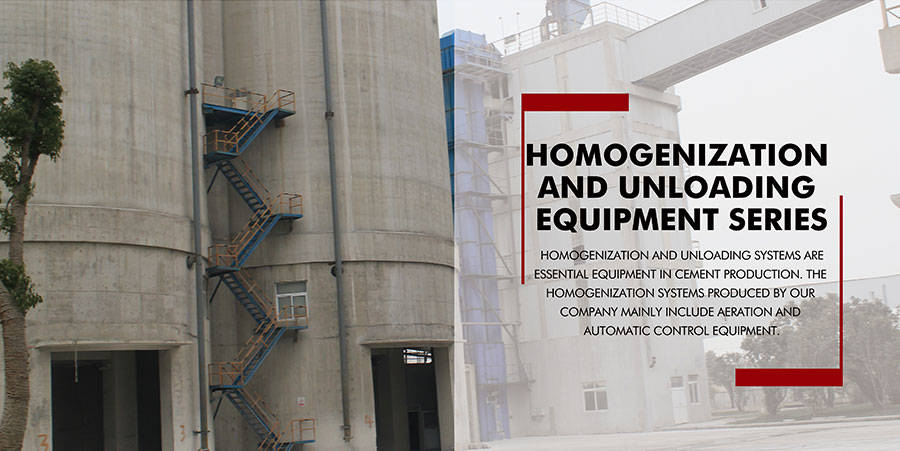
1、Project Overview
The cement silo for a clinker production line began operation in 2007. It features a reinforced concrete circular structure with a height of 61.81 m and an inner diameter of 22.5 m. The silo wall is 380 mm thick and reinforced with non-prestressed steel bars. The concrete strength is designed to be C30.
After the silo started operation, inspections found multiple vertical and circumferential cracks on its outer surface. These cracks appeared mainly between elevations +14.166 m and +50 m.Some cracks exceeded 0.2 mm in width, violating specifications. Inspectors also found hollow areas and peeling concrete on the silo wall. Consequently, the owner required technical reinforcement for the cement silo.
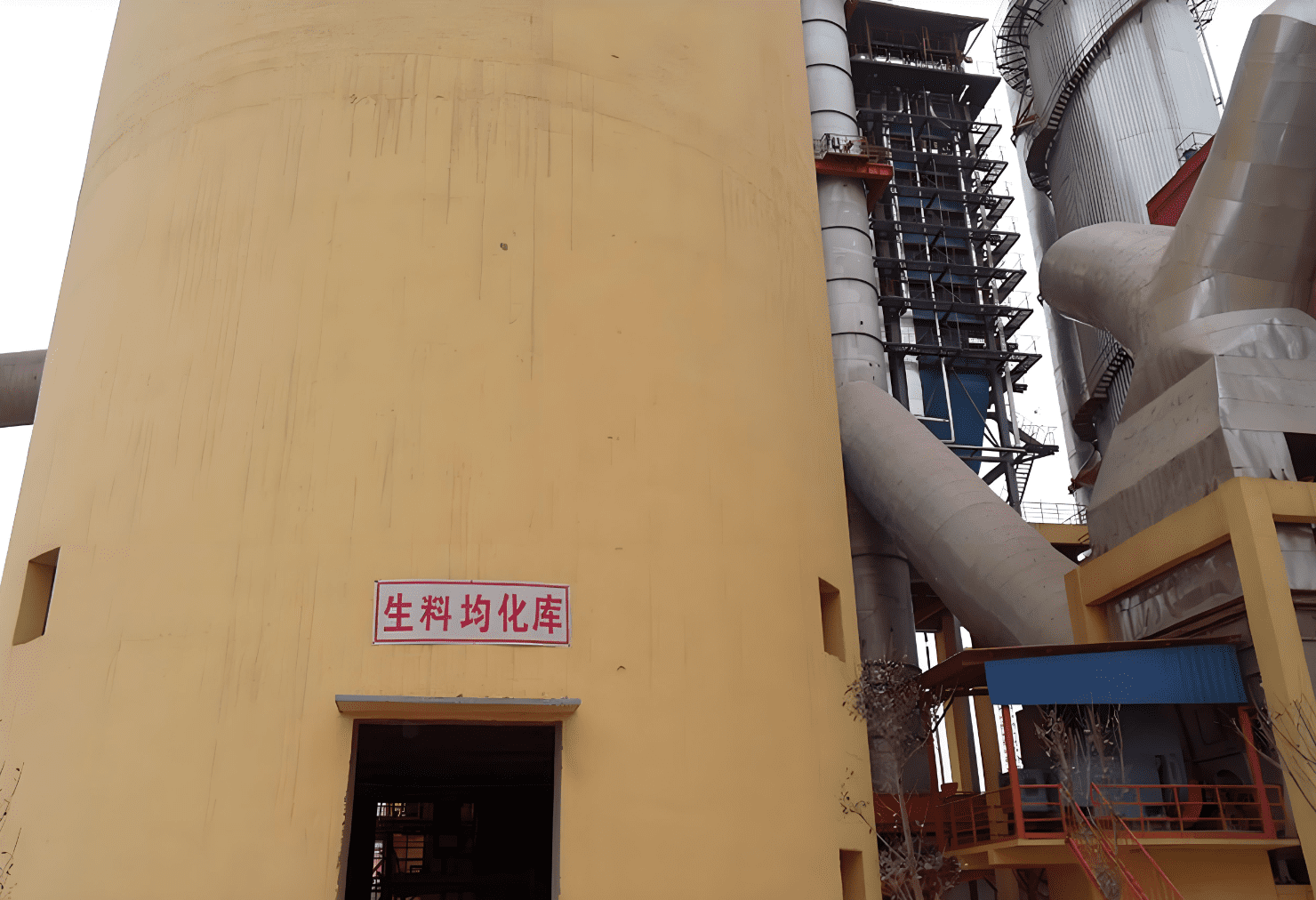
2. Analysis of the cause of the accident
Upon discovering the cracks, the owner commissioned a testing agency to evaluate the silo wall’s concrete strength, reinforcement, and cracks. The tests showed that the concrete strength generally met design requirements. However, the annular reinforcement from +14.166 m to +50.000 m mostly did not meet specifications. The crack widths between +23.5 m and +34.2 m also fell short of requirements.
The inspection revealed that vertical cracks resulted from stress and temperature effects on the wall. Circumferential cracks occurred due to insufficient reinforcement and poor joint connections. The team constructed the raw material homogenization silo using a slipform process. This method created tied and overlapped horizontal reinforcement joints. It did not use welded connections.The protective layer around the reinforcement was too thin. This weakened the bond between the reinforcement and the concrete.
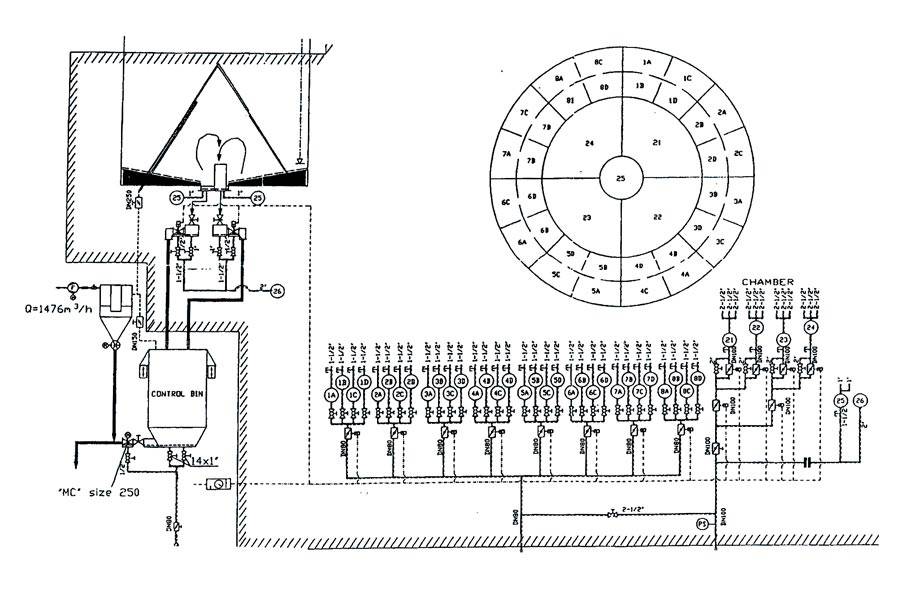
3. Reinforcement treatment(Scheme selection)
We considered two solutions for reinforcing the raw material homogenization silo. One solution involves reinforcing the outer wall with concrete. The other solution applies external prestressing. Below is a comparison of both methods.
3.1.1 Use reinforced concrete to increase the cross-section of the cylinder wall
This method involves adding 200 mm of reinforced concrete to increase the cross-section of the cylinder wall from the foundation ring beam to +50 m. This solution would require reverse mold construction and take about six months to complete. Since the silo operates during this time, the long construction period is a drawback. Additionally, the new structure may not fully integrate with the existing steel bars, reducing material efficiency. The estimated cost for this method is around 2 million yuan, making it less favorable in terms of effectiveness and cost.
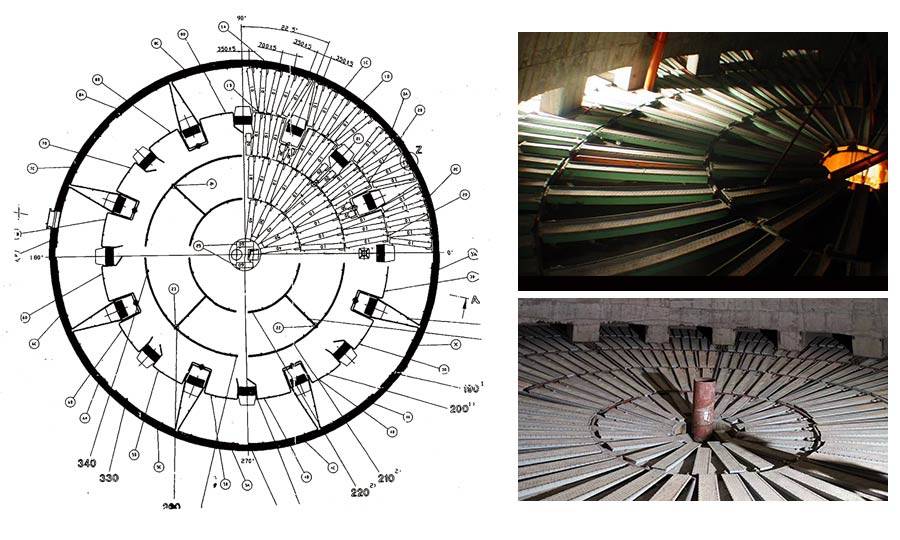
3.1.2 External prestressing reinforcement
Cracks mainly arise from inadequate circumferential reinforcement and temperature stress. We can place steel strands along the outer surface in the circumferential direction. Applying external prestressing will help the internal circumferential reinforcement and external strands work together.
Since the silo is currently in use, this method can effectively reinforce the structure and potentially close some cracks. The estimated cost for this project is about 1 million yuan.
Conclusion
Considering the reinforcement effectiveness, cost, and site conditions, we determined that the external prestressing method is the most reasonable and economical solution for this silo.
